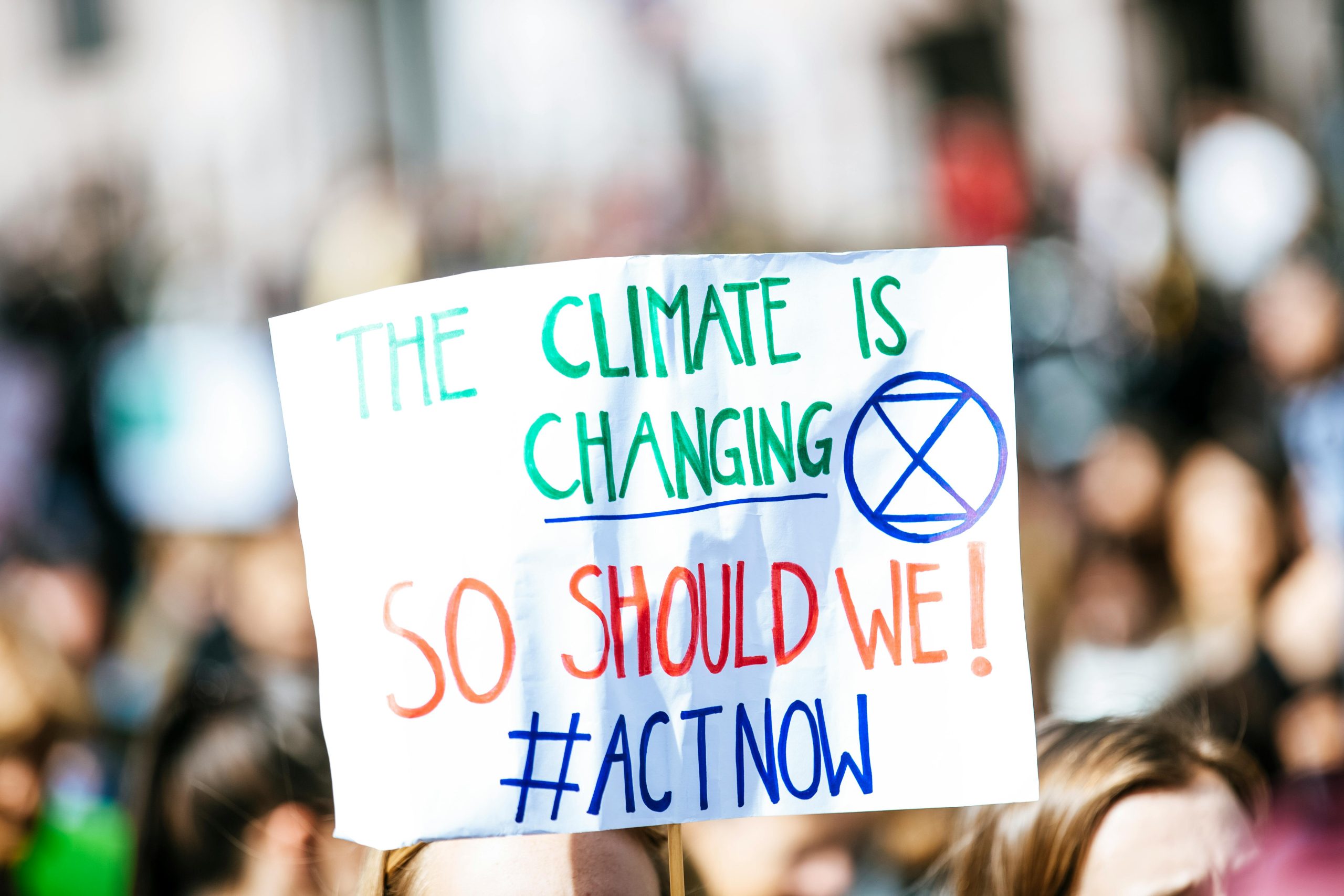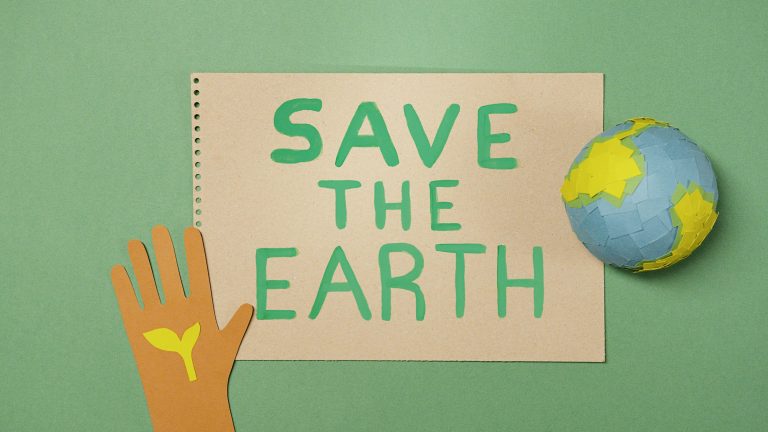Climate change isn’t just an environmental issue, it’s a justice issue. While the entire planet faces rising temperatures, floods, and droughts, the harshest effects often fall on those who contribute the least to the problem. From smallholder farmers losing crops to coastal families facing displacement, the reality is clear: climate change is unfair.
That’s where climate justice comes in, the idea that the fight against climate change must also be a fight for equality, fairness, and shared responsibility. It’s about restoring balance between people and the planet by ensuring that every voice counts and every community has the opportunity to thrive in a changing world.
1. Understanding Climate Justice
At its core, climate justice connects human rights, social equity, and environmental sustainability. It recognizes that climate change doesn’t impact everyone equally, and that vulnerable communities need stronger support and representation.
Low-income regions, indigenous peoples, and women often face the most severe consequences of floods, heatwaves, and droughts. Yet, they have the least resources to adapt or recover. Achieving climate justice means ensuring that climate solutions are fair, inclusive, and accessible to all.
2. People Before Profit: Rethinking Our Systems
For decades, global systems have prioritized profit over people, leading to unsustainable exploitation of natural resources. Climate justice demands that we rethink these systems, from how we produce energy to how we grow food.
Transitioning to renewable energy, supporting ethical industries, and promoting sustainable consumption are not just environmental goals — they are moral responsibilities. A just transition ensures that workers and communities dependent on fossil fuels are supported in moving toward greener livelihoods.
3. Protecting Vulnerable Communities
Communities in the Global South, particularly in Africa, Asia, and the Pacific, often face extreme weather, food insecurity, and displacement. Despite their limited carbon footprints, they bear the greatest burdens.
Achieving climate justice means channeling resources, technology, and funding to these regions. It means amplifying their voices in international climate discussions and empowering them with tools to adapt and recover sustainably.
4. Youth and Grassroots Movements Leading Change
Young people are leading the call for climate justice around the world. From organizing clean-up drives to advocating for global policy change, youth movements prove that real change starts at the grassroots level.
Supporting these efforts, through education, funding, and mentorship, ensures that the next generation continues to drive inclusive, community-centered climate action.
5. Gender Equality and Climate Justice
Women play a crucial role in the fight for climate resilience, particularly in rural and farming communities. Yet, they often have limited access to resources and decision-making spaces.
Empowering women through education, leadership roles, and sustainable livelihoods strengthens entire communities. Climate justice is impossible without gender equality, because both are rooted in fairness, balance, and shared opportunity.
6. Restoring Balance with Nature
Climate justice also extends to our relationship with the natural world. Restoring balance means protecting forests, oceans, and wildlife while ensuring that human development remains sustainable.
When communities embrace renewable energy, tree planting, and ecosystem restoration, they contribute to both environmental and social justice, building resilience for generations to come.
7. A Call for Global Solidarity
The climate crisis doesn’t respect borders, and neither should our response. True justice requires global solidarity, collaboration among governments, organizations, and citizens to ensure that climate policies are fair and effective.
Developed nations must uphold their commitments to reduce emissions and support developing regions through climate finance, technology transfer, and capacity-building.
Final Thoughts: Justice is the Path to Sustainability
Climate justice is about more than reducing emissions, it’s about restoring balance between people and the planet. It calls on us to act with compassion, fairness, and unity, ensuring that no one is left behind in the transition to a greener world.
When we fight for climate justice, we fight for human dignity, equality, and the Earth’s future. Together, we can build a world where sustainability and justice go hand in hand, for everyone, everywhere.
Join our movement for climate justice in Kenya.




